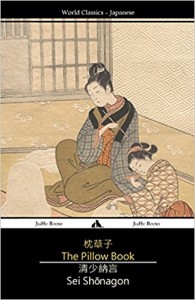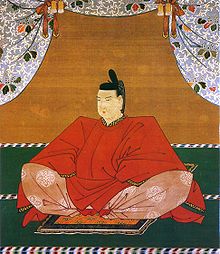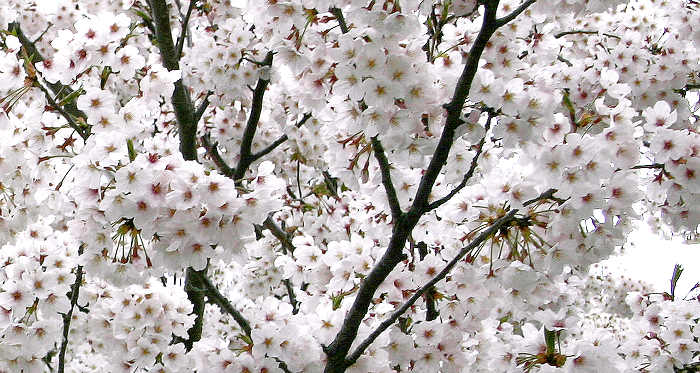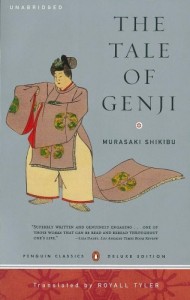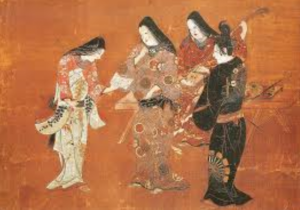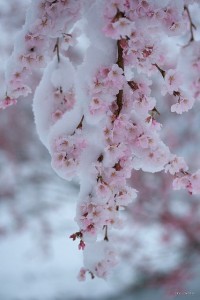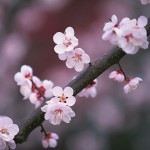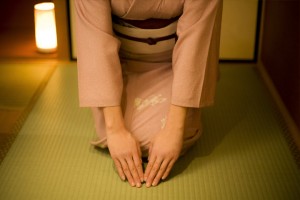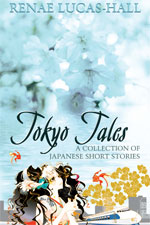I currently live in the UK but I taught English in Japan and Australia for over 12 years so I’m well aware of just how stressful the teacher interview in Japan can be, especially if you know very little about Japan and the Japanese culture. These 10 tips will help to prepare you for success and turn you into the ideal candidate.

Photo courtesy of AEON Corporation, a leading chain of English conversation teaching companies in Japan
1. Smile and don’t be shy
Your prospective employer will be looking for someone who is outgoing and friendly. You need to show the interviewer you have the right personality to teach students and impart knowledge in a group and/or private lesson situation.
Even though some of your future Japanese students will be very timid and sometimes unwilling to get involved during the lessons (despite the fact they’ve paid a lot of money to participate) you need to prove you can stand up confidently in front of a group of strangers, gain their trust, and teach an enjoyable and interesting lesson that leaves a pleasing and lasting impression.
Remember, a winning smile and a positive attitude about teaching and living in Japan will win over your prospective employer even if you’ve had no experience teaching in the past. Think about the teachers you liked at school and what qualities they had and how you can adopt those qualities for your job as a teacher.
2. Don’t be negative about past employers and don’t joke or use sarcasm
Westerners can make a big mistake in interviews or when they’re doing business with the Japanese if they use sarcasm or a joke to break the ice. If you’re asked why you want to teach in Japan DO NOT say something along the lines of Because of the money! Hahaha! or I want to live in Japan because I love Japanese food and I can see you do too! Hahaha! or I left my last job because my boss was an idiot!
If you’re not sure whether you should say something and if you’re afraid it might be misinterpreted or cause offense then don’t say it.
3. Show you know something about Japan and the Japanese culture
If you don’t know anything about the Land of the Rising Sun you should start reading about Japan, the Japanese culture and the area where you’re planning to teach as soon as possible.
There’s a lot of information about life in Japan on the internet so read as many articles as you can to prove you’re savvy and switched on. You could also buy a guide book to Japan if you’re looking for a quick and easy way to learn the basics about the culture, the customs, the country and even simple Japanese phrases.
4. Explain why you’re interested in Japan
Japanese employers will want to know as much about you as possible so it’s okay to talk about why you decided to work in Japan in the first place. If you’ve had a homestay experience in Japan you could say something nice about your homestay family. If you have Japanese friends you could talk about what you’ve learnt about Japan from them. It’s also okay to say you like anime or manga but just mention it and don’t go into detail.
5. Show an interest in learning Japanese
You don’t need to learn the Japanese language to work in Japan but it will help you a lot if you do. If you really want to impress your prospective employer you could incorporate some Japanese language into the interview even if it’s basic, but remember to speak in polite Japanese.
A simple introduction hajimemashite, Renae to moushimasu, douzo yoroshiku onegai itashimasu (hello, my name is Renae, nice to meet you) is a great way to start the interview. If this is too much for you to remember then a simple doumo arigatou gozaimashita (thank you very much) at the end of the interview should suffice.

Photo courtesy of AEON Corporation, a leading chain of English conversation teaching companies in Japan
6. Dress appropriately
We all know it’s important to look professional for interviews but some people with a creative streak think it’s fine to express their individuality in a subtle way. This might be okay for jobs in your home country but there’s really no room for individuality at interviews in Japan. Dress in a black or navy conservative suit and make sure it’s clean and not shabby-looking. Don’t wear dangly earrings, just simple gold or silver studs, and obviously remove any facial or tongue piercings.
Pay attention to the small details like a ladder in your pantyhose because it will be noticed and frowned upon. Always wear polished black shoes but nothing too trendy or unusual. Never wear stilettos. Don’t wear revealing clothing and don’t show up with blue or pink hair. Natural hair and makeup is best.
7. Be punctual
Punctuality and timing are incredibly important and arriving late for the interview, even by five minutes, could mean you won’t get the job. Arrive ten minutes early. No sooner and no later. If the interview is in Japan make sure you find the location for the interview beforehand so you don’t get lost and arrive late on the day. There are no excuses for lateness in Japan. Punctuality is so important in Japan train companies will give you a delay certificate at the station for you to show your boss if the train is running later than five minutes so you have a legitimate excuse for not arriving at work on time!
8. If a Westerner interviews you don’t assume he or she is different from a Japanese interviewer
If you show up for your interview and the interviewer is a Westerner and not a Japanese person can you forget everything on this list, laugh your way through the interview and impress them with sassy banter? No way!
The Westerner interviewing you has probably spent a considerable amount of time in Japan and working for this company. They’ve been chosen to conduct the interview because they’re a good role model and they know exactly who the company wants to employ.
If you’re now slightly confused and unsure about what they expect it’s quite simple – they’re looking for someone hard-working, happy, articulate, kind, well-groomed, enthusiastic, a team player, flexible, smart, punctual and manageable – be that person.
9. Be prepared to teach
You may have to give an English lesson during the interview so keep this in mind and prepare yourself mentally for this. They won’t expect you to teach anything too difficult and it will be a short lesson so keep calm and don’t panic. Don’t ramble on too much and make sure you express your enthusiasm in a professional manner.
10. Prove you’re prepared to move to Japan and commit to this job
If you’re attending an interview to teach in Japan the company obviously expects you to show some kind of serious commitment. You’ll need about ¥5,000,00 in savings in your bank account, you should have an up-to-date passport, you’ll have made enquiries about your visa, you’ll have spoken to your family and friends about your move, you won’t be in the middle of a residential lease agreement or a car lease, and you’ll be in the process of tying up all the loose ends in your home country.
If you have this all organized you’ll be mentally prepared to nail the interview and make a commitment to your employer in Japan. Don’t stress out too much about the interview. If you follow the above tips you’ll definitely leave a great impression and you’ll seem like the perfect candidate for the job.








